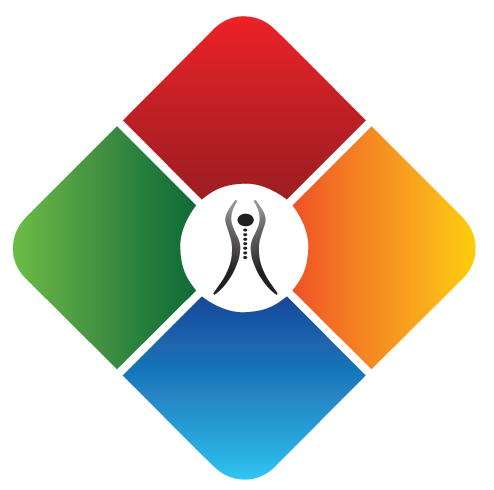Whether it’s a weekend warrior who plays flag football with his buddies or a high-level professional, all kinds of athletes regularly stop by our offices. Why do so many athletes choose Tulsa Spine and Rehab? I think it’s because we take a multifactorial approach to a multifactorial problem. The acute injuries that athletes experience usually have many contributing factors. The advantage that we have here at Tulsa Spine and Rehab is a group of different people who do quite a few things very well.
Athletes visit us for many different types of treatment. It could be physical therapy that runs the gamut of exercise and stretching. Massage therapy, active release, or some other type of hands-on procedure is effective for soft tissue injuries. Athletes have clearly-established functional goals as opposed to a guy who sits behind a desk all day. They might want to get back to playing a sport with the same performance they had before an injury, for example.
Of the many tools in our toolbox, here are five things we have to offer to athletes so they’ll feel better in no time.
- Low-Level Laser Therapy
When athletes are trying to recover from injuries, there’s a handful of approaches we take here in the clinic. The first treatment option we have is a new FDA approved technology called low-level laser therapy (LLLT). It’s a noninvasive treatment modality with zero side effects. LLLT is good for sprains/strains, muscle cramping, tears, and tendon injuries. The purpose of the laser is to reduce inflammation and the associated inflammatory response. It also decreases pain and increases healing time.
When you go into a clinical therapy setting, you’ll often see the use of electrical muscle stimulation or cold packs to reduce inflammation and muscle spasm. We do have those therapies as well, but this cold laser therapy has the additional benefit of no side effects. The research continues to evolve and show the efficacy of cold lasers to treat a wide range of conditions. It’s another tool in our toolbox to help get patients feeling better.
- Elastic Therapeutic Tape (Kinesio Tape)
What’s neat about therapeutic taping like Kinesio Tape is that it doesn’t limit mobility. When you think about taping an ankle, the goal is to immobilize it to limit the range of motion. Kinesio Taping gives you support and assisted motion. It also pulls tissue away from the injury site, increasing blood flow and making you feel a bit better. If you’ve ever seen volleyball players or other athletes on TV with a brightly colored tape on their body, that’s Kinesio Taping.
- Soft Tissue Techniques
Dr. DiMaggio and I specialize in manual therapy and myofascial active release. We first figure out where the mechanical restriction, tightness, or adhesion in the muscle or soft tissue lies. Then we’ll break down the fibers so that the area functions properly. Soft tissue techniques are an effective way to decrease pain. (Of course, you’ll also be able to use self-management techniques to maintain relief.)
- Spine/Extremity Mobilization, Manipulation, and Adjustment
Manipulation involves trying to figure out if there’s a restriction within a joint in the spine or another extremity. The goal is to determine where there’s a restriction or limitation and then increase motion within the area to improve function and decrease pain. We’ll use our hands to mobilize the joint, which is very similar to a soft tissue technique.
- Functional Mobility and Stability
Most physical medicine clinics talk about stretching and stability. We talk more about functional stability and functional mobility. We figure out where there are any weaknesses and how they could potentially have contributed to the initial injury. There are also some occasions where an injury has led to mobility issues or weakness. We’ll give some simple exercises and therapy recommendations related to increasing mobility and improving strength and stability.
If playing your favorite sport causes you pain, contact us online or give us a call at (918) 743-3737. We’ll help you get back in the action as quickly as possible.
Podcast: Play in new window

